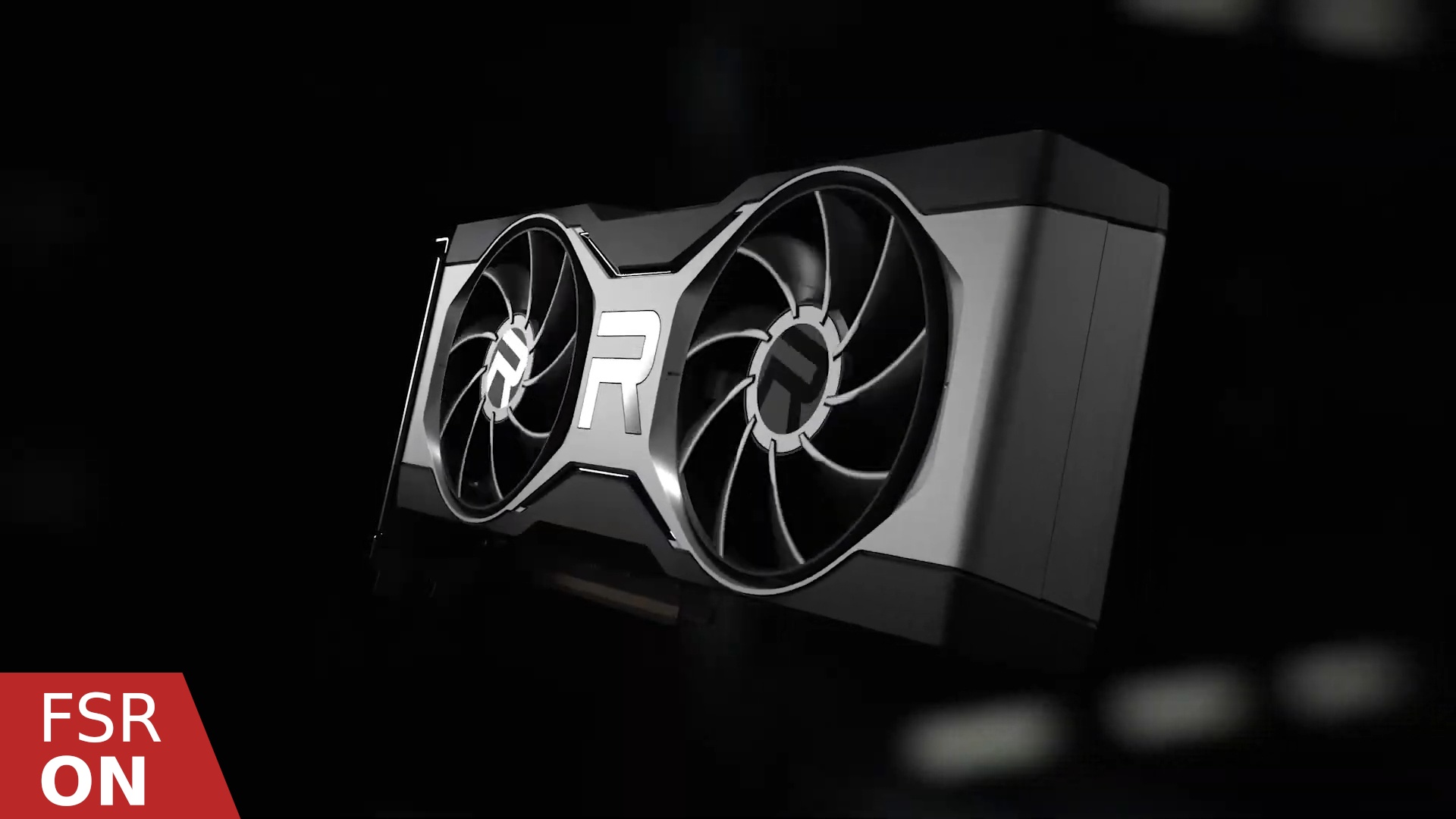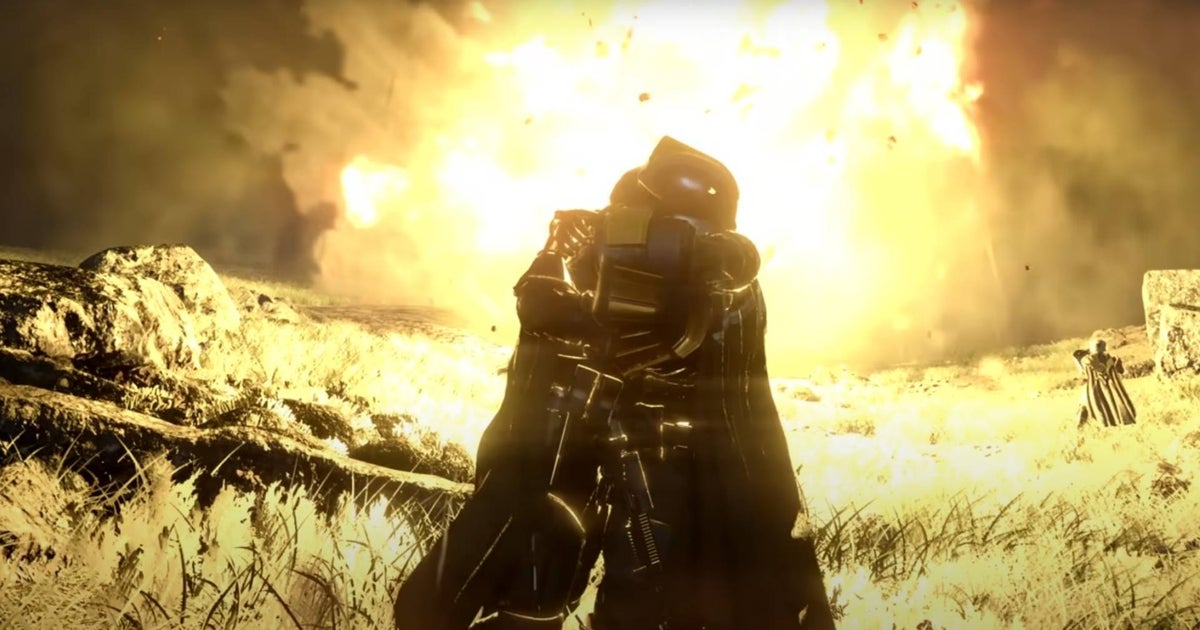With the current graphics cards from the Radeon RX 6000 series, AMD has achieved a great deal. For the first time in a long time, Nvidia could be compared to a pound in the high-end segment – at least in terms of pure rasterization performance.
However, when it comes to real-time ray tracing, Nvidia is still a long way ahead. And as far as the AI renderer DLSS is concerned, a competing product from AMD has been announced but not yet released. A release was not expected until the end of 2021. You can find out exactly what DLSS is in the following video:
9:05
What is DLSS? – Nvidia’s new anti-aliasing explained in detail
YouTuber Coreteks now wants to have received very precise information about the leek from AMD’s DLSS counterpart. According to this, FidelityFX Super Resolution (FSR) should appear as early as June 2021.
In addition to the launch date, Coreteks also wants to know details about the technical implementation of FSR:
- In contrast to Nvidia’s DLSS, FSR should not be dependent on the training of artificial intelligence
- Super sampling is said to be based on an algorithm that itself requires little computing power
- FSR should be implemented very far up in the render pipeline, whereas DLSS is only used at the end of the rendering process
- FSR is designed to require minimal effort from the game developer
- FSR should be compatible with graphics cards from Nvidia
In fact, according to Coreteks, FSR is already in the hands of game developers. The performance looks good, but there is still no concrete comparison data to Nvidia’s DLSS – it continues.
How realistic is it all?
Release: A release in June, perhaps following a presentation at the keynote at Computex (June 1st to 4th), is quite conceivable. AMD’s CVP Scott Herkelman announced in March that FSR would be released this year – that includes June.
No tensor cores: In fact, there have been signs earlier that AMD does not need dedicated computing cores for FSR – there are simply none on the current Radeons. Nvidia, on the other hand, uses so-called tensor cores for DLSS.
Generalized approach: A generalized approach that does not rely on the complex training of an AI in a data center does not seem unrealistic, but raises questions:
-
Can a display quality comparable to Nvidia’s DLSS be achieved with it? In our detailed test of DLSS 2.0, the technology has proven to be a game changer, which in many scenarios is indistinguishable from native rendering.
- How does Super Resolution differ from the CAS already included in FidelityFX?
- How does FSR affect the general performance if, in all probability, the normal shader processing units are used for it?
A decisive advantage of a generalized solution, however, would be that not only current graphics cards can benefit from the technology.
more on the subject
Enhanced Edition shows what ray tracing and DLSS can do
The new edition of the single-player hit Metro Exodus recently demonstrated how well DLSS and rayracing can work.
What do you all mean? Can FidelityFX Super Resolution really compete with Nvidia’s DLSS? Please write it in the comments










